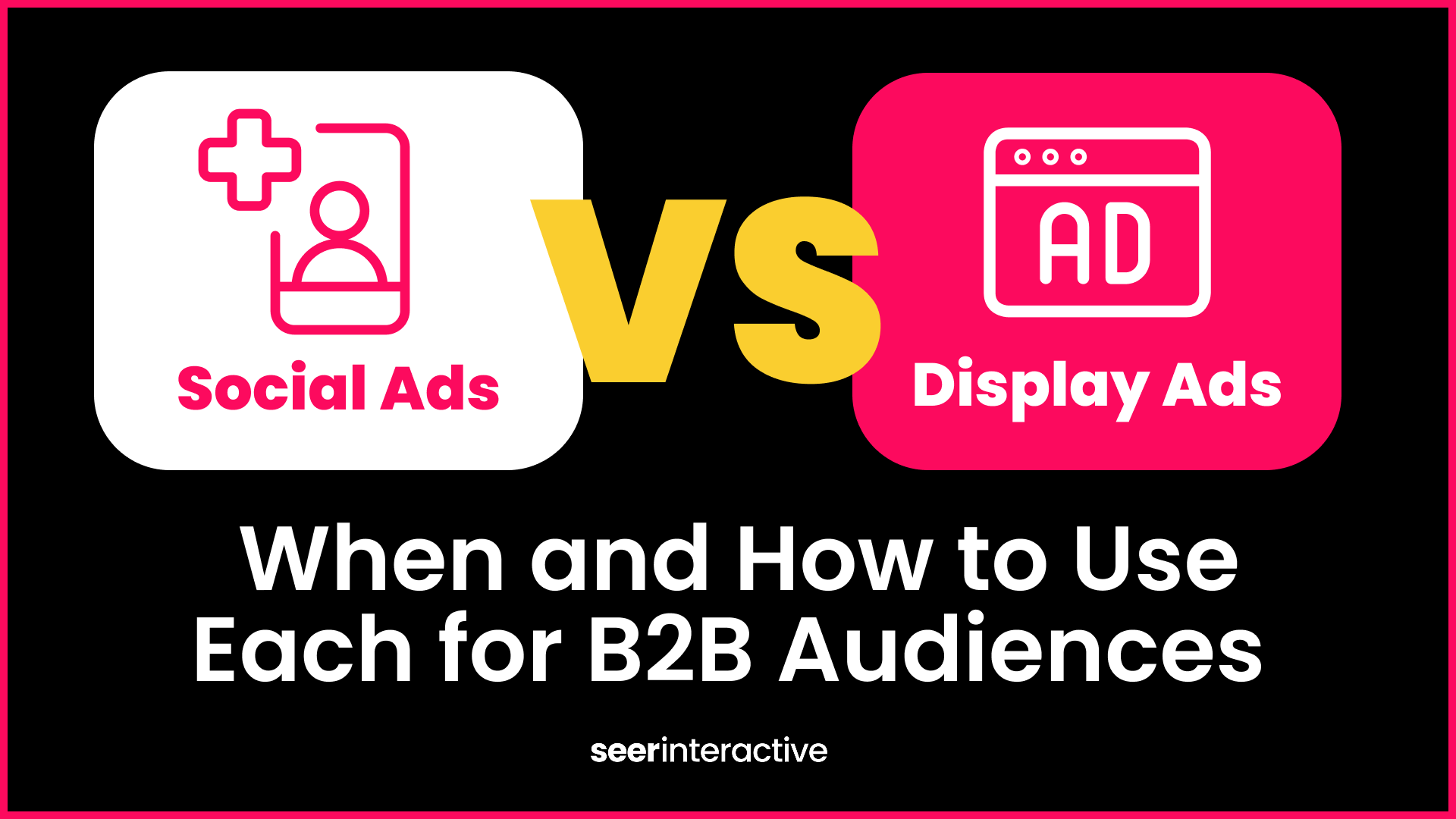The process of setting up campaign budgets can easily be overlooked when setting up a PPC account or new campaign, but there are a few things you may want to consider which could impact performance.
Google and Bing do a great job explaining their budget settings. At a high level, Google and Bing allow you to set daily budgets at the campaign level. Bing also allows for monthly budgets which aren’t capped daily, or evenly distributed throughout the month, so you may exhaust your budget before the month ends.
Delivery Method
If you have an unlimited budget, you’ll likely want to set your daily caps to unattainable limits (within reason – not $2M/day) to limit the possibility your ads will stop showing due to budget constraints. Also make sure the delivery method for campaigns with “unlimited” budgets is set to “accelerated” so your ads are showing as frequently as possible throughout the day. Generally speaking, you’ll primarily want to use “standard” delivery when you have budgets that cap daily, which can’t be increased, so that your ads maintain a presence throughout the day. This approach can vary by campaign or depending on your goals.

Dayparting
The alternative to standard budget delivery is accelerated budget delivery. With accelerated delivery, it is possible to exhaust the budget early in the day. Potentially, our ads might not show during higher converting traffic times later in the day when we have no budget left. Quickly running a Google dimensions report can inform ad scheduling around these stronger periods in the day:


Keyword Research
For accounts with limited budgets, planning and research are key so that you’re getting the most bang for your buck. As my colleague Audrey pointed out last week, there are great tools available to aid you in keyword research. Hoa also shared some awesome keyword research tips to take your lists to the next level. These tools can help you better estimate how much budget you’ll need and how to best allocate it.
An important factor to consider is what the estimated or average CPCs are for your keywords in comparison to your budget. If you’re limited to, say, $20 per day for a campaign but your initial target keywords are a bit more general with estimates of $4 per click, basic math says you may only receive 5 clicks in a day. Is that enough clicks to meet your goals in a day, factoring in you anticipated conversion rate, or should you exclude those keywords and aim for longer tail variations or misspellings which may be less competitive with lower CPCs? The latter is likely preferable. If you find your campaigns are regularly meeting their budgets, you may want to focus on more strict match types like modified broad match, phrase or exact for your keywords to reduce potentially inefficient spend.
When using broader match types, a robust negative keyword strategy is paramount to ensuring your PPC budget is spent effectively. Keep a close eye on your Search Terms reports for potential new negative keywords. At Seer, we perform PPC Efficiency Audits that leverage SEO data to comb search terms at scale for wasted ad spend. As a result, we can quickly identify irrelevant searches to negate in even the largest data sets, saving our clients an average of 15% of their PPC budget. Whether you're leveraging big data or just putting aside time each week to audit, if maximizing your budget is important, then a negative keyword strategy should be prioritized.
Lost Impression Share
Lost impression share (IS) due to budget metrics are available in Google and Bing. Impression share makes it easier to calculate how much extra you may need to spend to show your ads all the time:


Shared Budgets
Shared budgets are a great AdWords tool which, as the name suggests, allows you to share a budget cap across multiple campaigns. In the past, you would have to set budgets for each campaign individually. This meant that if you wanted to break one campaign out into five and get more granular by theme, possibly only for tracking purposes, you would also need to divide the budget across the five campaigns. If you ultimately don’t mind which of the five campaigns utilizes the budget, and just want to see the data differently at the campaign level, you may now opt to share the $100 across these campaigns. Shared budgets can be found under your account’s Shared Library in the left hand navigation of the Google UI:

At the end of the day, be open to re-allocating budget toward stronger performing campaigns or engines. There’s no magic percentage of spend that needs to be allocated to Google vs. Bing or any other engine. Likewise, some campaigns may not spend the same amount each day and can be subject to weekly fluctuations, seasonality and holidays. Budget tracking worksheets can be great tools to help you gauge total monthly spend and anticipate capping or under-spending ahead of time.
Now you know a few things to keep in mind for budget management. Feel free to share your tips and tricks as well!

